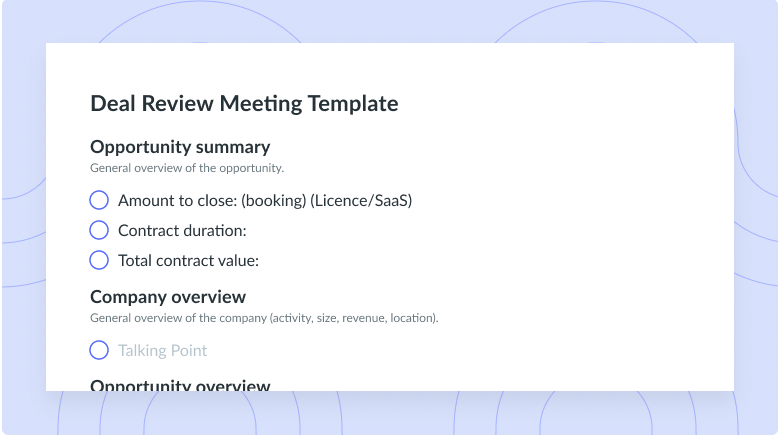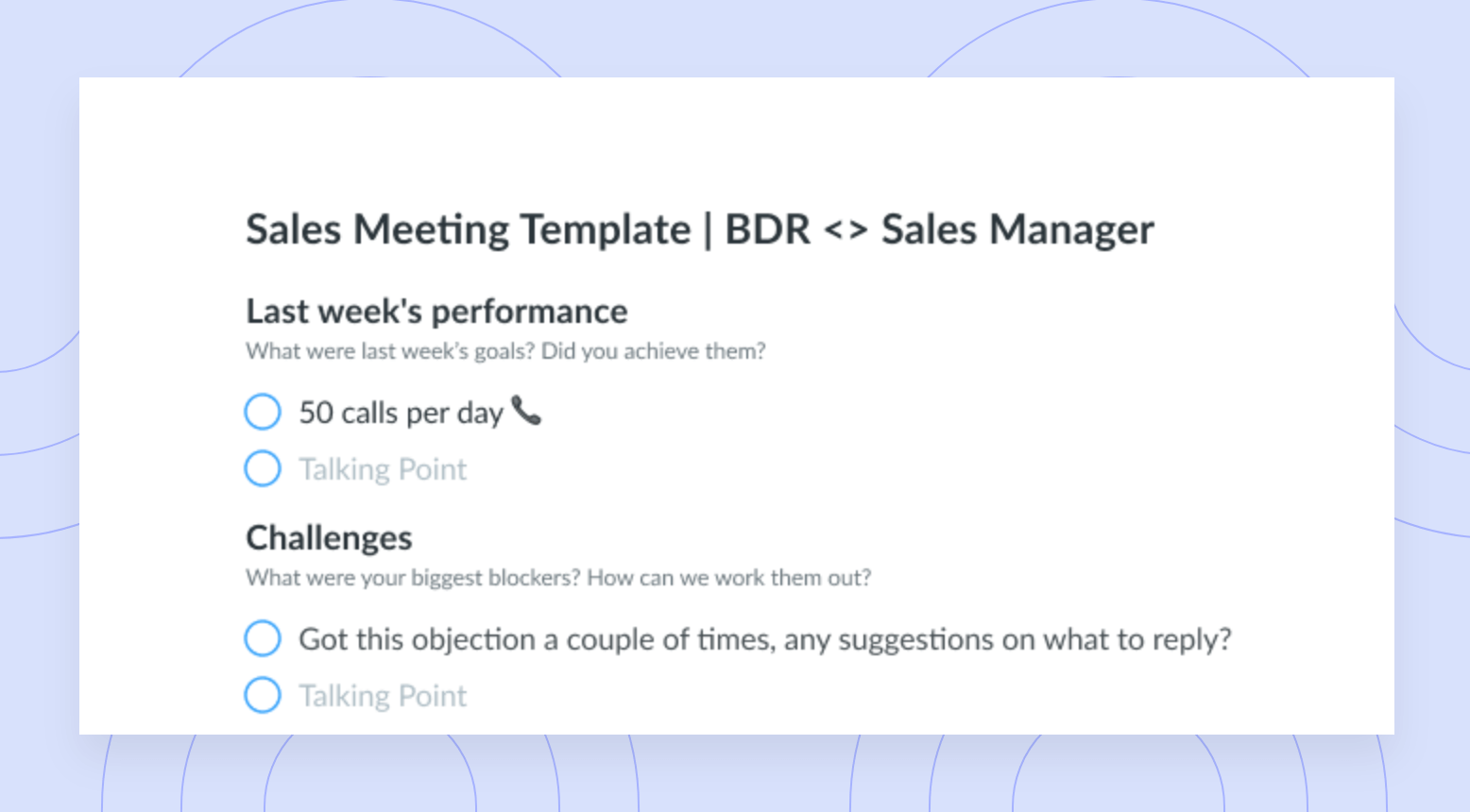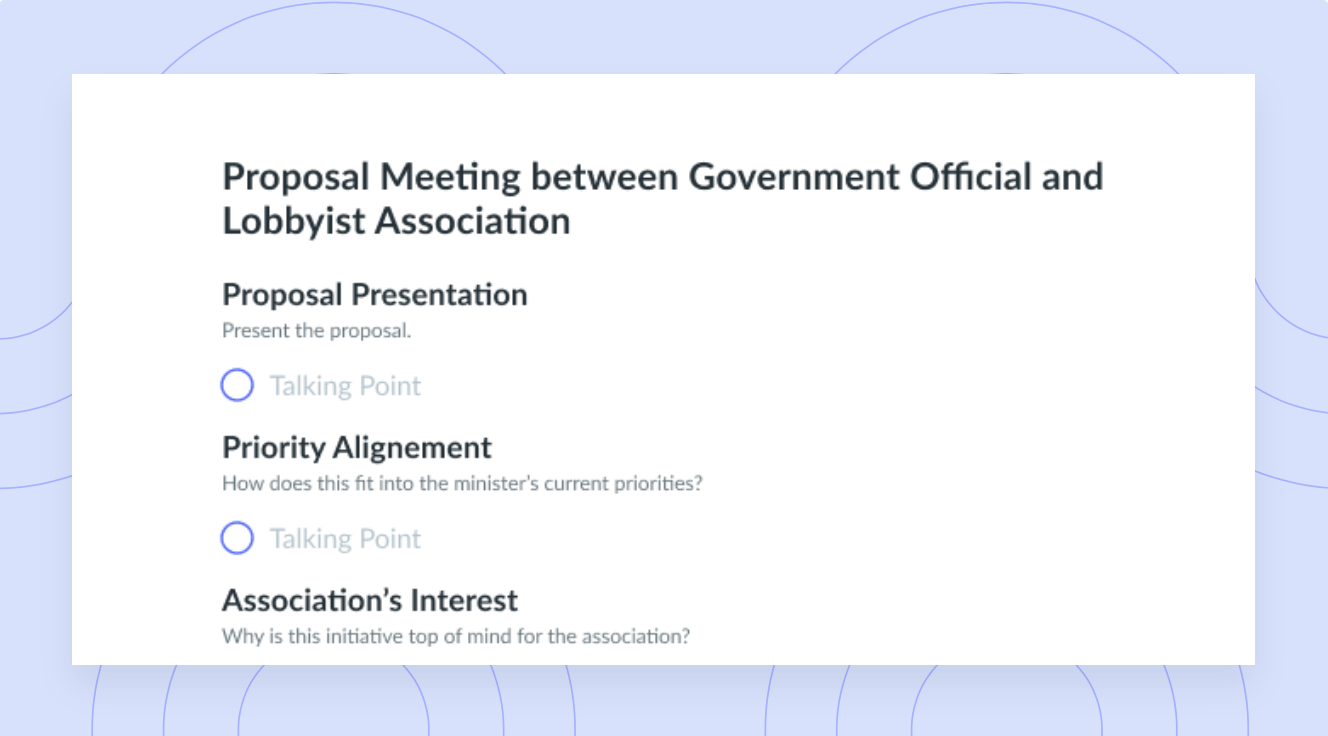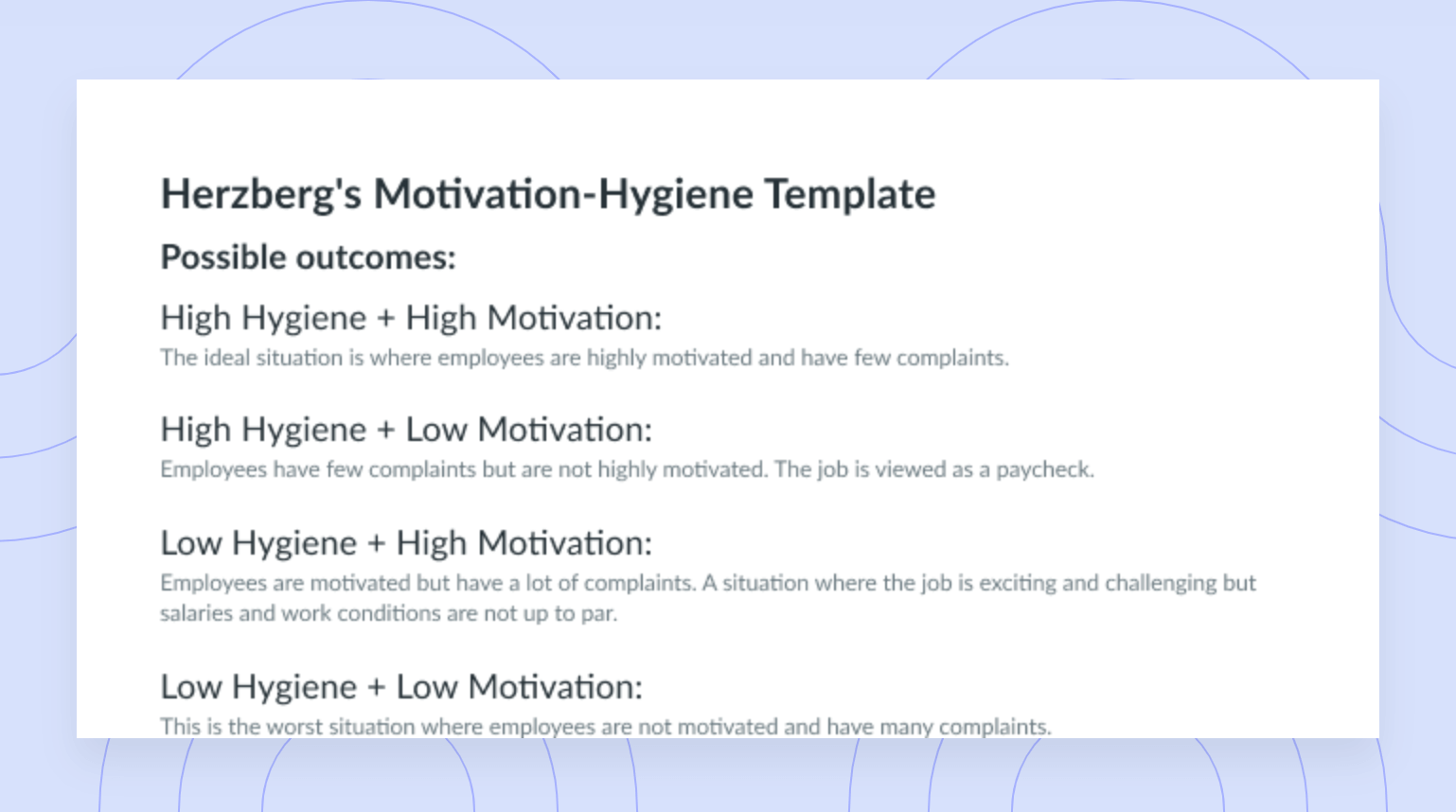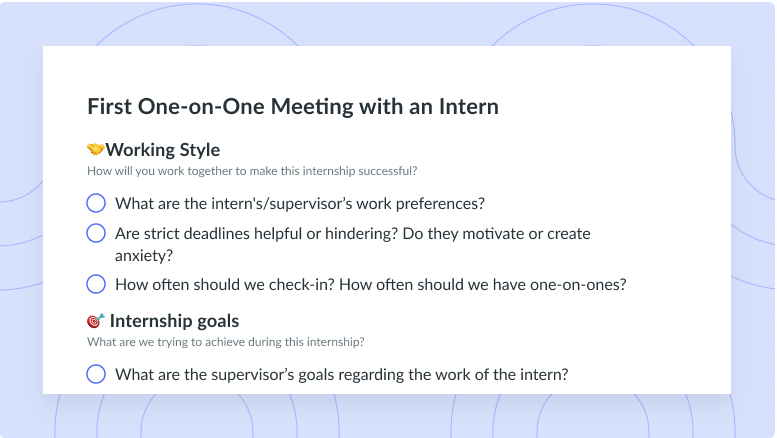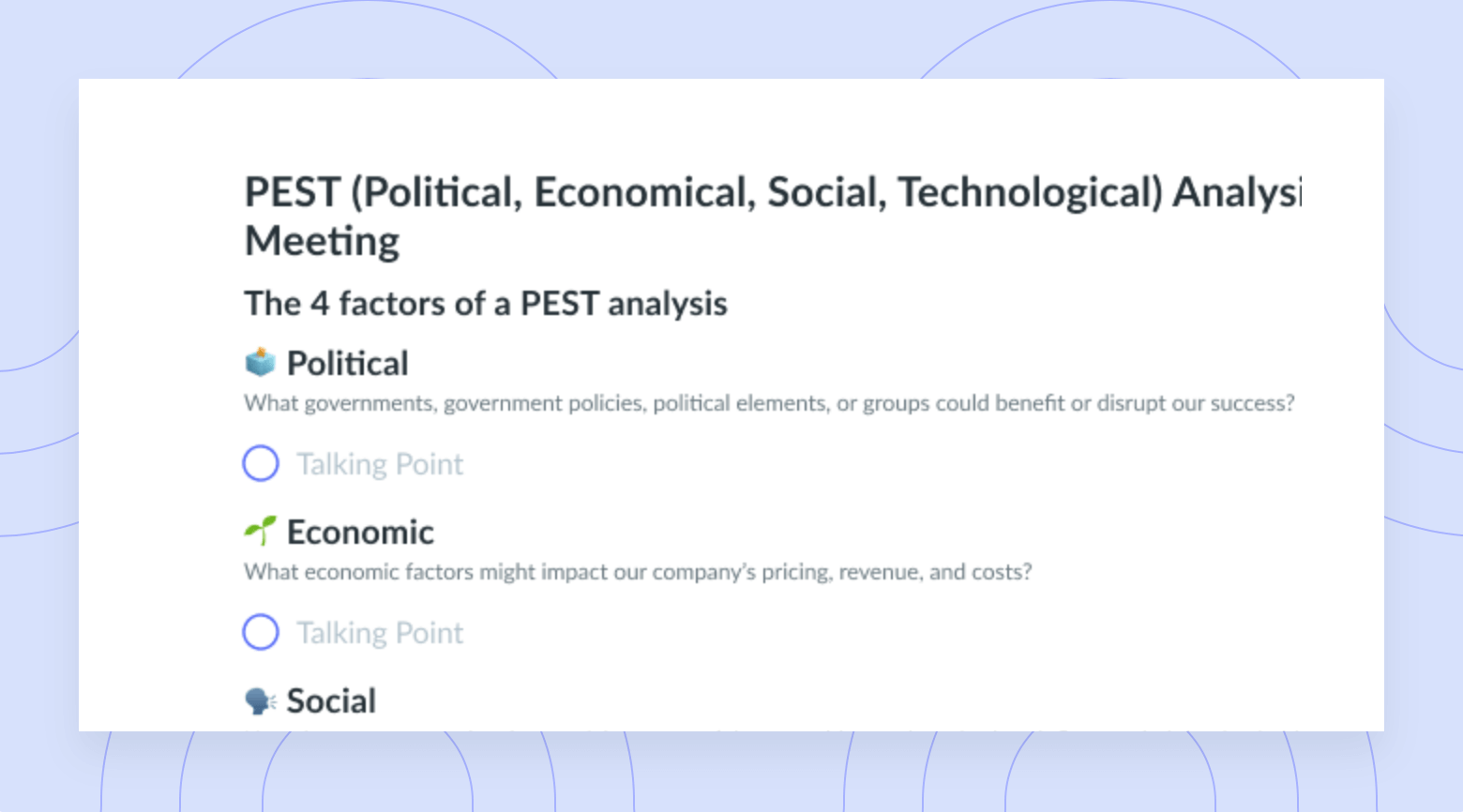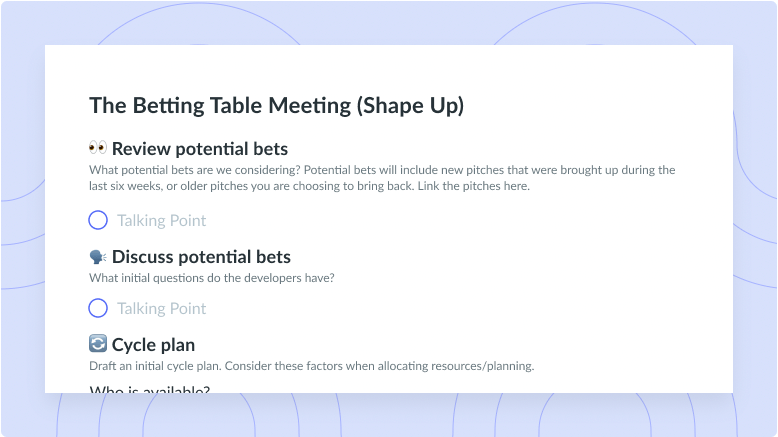Managing Multiple Generations in the Workplace
Managing many generations at work can be tough. Learn how to manage different age groups—and in turn, different work styles—effectively.
When there are many generations of individuals in the same work environment, it can be tricky to collaborate and engage in problem-solving in an effective manner. Older generations tend to get things done a little differently than younger employees, creating harmony between all employees and ensuring that everyone is happy and feeling seen and heard at work.
Generations in the workplace, including traditionalists, baby boomers, Gen Xers, and Gen Zers, see value in different aspects of work and approach their workloads differently. For that reason, this article will explore the generations in the workplace, why it’s important to consider different generations in the workplace, some common problems that stem from workplace generational adversity, and how to manage several generations in the workplace.
- Generations in the workplace
- Why is it important to consider the five generations in the workplace?
- Common problems stemming from workplace generational diversity
- How to manage generational diversity in the workplace
Generations in the workplace
- Traditionalists (born 1922–1945)
- Baby boomers (born 1946–1964)
- Generation X (born 1965–1980)
- Millennials (born 1981–1996)
- Generation Z (born 1997–2010)
1Traditionalists (born 1922–1945)
Traditionalists, also known as the silent generation, tend to be most motivated by respect and recognition and take great pride in providing long-term value to the company. In this way, they don’t tend to move around to different companies, but instead, stay at one company throughout their career. The traditionalist’s preferred communication style tends to be through in-person conversation and written notes.

Great meetings are just the start
Level up your meeting habits to boost engagement and productivity with a collaborative meeting agenda. Try a tool like Fellow!

2Baby boomers (born 1946–1964)
Baby boomers tend to be hugely motivated by company culture and loyalty, teamwork, and their duties to fulfill. Baby boomers are team-oriented and work well with others; however, they can be competitive and some baby boomers are borderline workaholics. Baby boomers have open communication styles, meaning they enjoy face-to-face interactions but have no problem picking up the phone, and they tend to go for whatever is most efficient.
3Generation X (born 1965–1980)
Members of Generation X are flexible, independent, and like to be more informal and can be skeptical. Gen Xers are most typically motivated by work-life balance, as well as their personal and professional interests. Like baby boomers, Gen Xers are happy to communicate in whichever way is the most effective in that particular situation. This generation is quick to move on if their company fails to meet their needs.
4Millennials (born 1981–1996)
Millennials are open-minded, achievement-oriented, competitive, and civic-minded. Of huge importance to millennials is the relationship they have with their manager and the quality of their manager. If there is poor management, a millennial will leave for another opportunity. This generation is motivated by responsibility, flexibility, and by unique work experiences that align with their interests and passions.
5Generation Z (born 1997–2010)
Gen Zers are entrepreneurial, progressive, and sometimes observed as less focused. This generation is highly motivated by individuality, creativity, diversity, and personalization. Gen Zers tend to communicate mostly through instant messages, social media, and texts. The younger generation tends to enjoy having a younger manager who can relate to their worldview a bit more.
Why is it important to consider the five generations in the workplace?
It’s important to consider all five generations in the workplace because not only does having these varying generations in the workplace ensure that each person can reach their potential in the workplace, but it also ensures that the business will thrive. When people feel seen, heard, and satisfied at work, they’re much more likely to stay with the company long-term. In this way, the organization retains its top talent by prioritizing the very different but equally important needs of each generation. Communication style, work styles, and life experiences shape each generation in unique ways that need to be both considered and respected.
Common problems stemming from workplace generational diversity
1Stereotyping
Stereotyping can be an issue related to generational diversity. Usually, stereotyping takes place against a different generation than someone’s own. It’s really important to be careful with stereotyping and keep an open mind when working with other generations, since everyone is different. Just because you “belong” to one particular generation, it doesn’t mean that you necessarily fit in the box of those most typical characteristics or stereotypes. Team-building activities and collaborative projects are essential to minimize stereotyping.
2Decreases in mutual understanding
Decreases in mutual understanding are natural when it comes to issues working with several different generations. Because each generation has different working styles, communication styles, and life experiences, misunderstandings often arise. It can often be tough to collaborate and decide how to approach, strategize for, and execute a project because each generation has a different idea of how to get things done. That said, just because misunderstandings are more common with teams that have many different generations, it doesn’t mean that working together isn’t possible.
3Poor communication
Poor communication is also common where there is high generational diversity, since each generation has quite unique communication styles. While older generations prefer face-to-face communication, younger generations tend to prefer sending instant messages and texts, or communicating through social media. This difference can create some communication barriers with intergenerational teams as it may cause disputes and ultimately hold up projects and the progression in achieving organizational goals.
4Different working styles
Different working styles exist with each generation as well. While millennials and Gen Zers value flexibility, individuality, and diversity, Gen Xers, baby boomers, and traditionalists tend to prefer following protocols, rules, and schedules. Different working styles risk enhancing chances of conflict within the team, so it’s important that the purpose of the project, the expectations, and the approach for the project are clear.
How to manage generational diversity in the workplace
- Create a psychologically safe environment
- Avoid generalizations
- Customize how you manage each employee
- Use multiple communication styles
- Improve employee retention with a flexible workplace
1Create a psychologically safe environment
First, create a psychologically safe environment for all of your employees. Creating psychological safety is a process that requires commitment, problem-solving skills, and alignment on beliefs. Feeling comfortable and secure at work is an absolute necessity for employees to be effective in their positions and to be productive as an organization. This is especially true when there are several different generations working in the same space. Take time to understand what your employees need to feel safe, secure, and comfortable at work so you can ensure psychological safety for all.
2Avoid generalizations
It can be tough not to stereotype, but it’s essential to avoid generalizations. Each employee is unique and deserves to be approached with an open mind. Just because a group of employees are Gen Zers, it doesn’t mean that they are necessarily less focused. Similarly, just because a group of employees are baby boomers, it doesn’t mean that they don’t value individuality and creativity. It’s essential for everyone to keep an open mind and have a fair chance to work with team members from various generations.
3Customize how you manage each employee
Another great way of managing generational diversity in the workplace is to customize the way you manage each employee. This is why it’s so important to have one-on-one meetings with each of your employees; not only does this help management avoid generalizations, but it also allows you to customize how you manage each of your team members. In your one-on-one meetings, go over how your employees prefer to work and be managed, and discuss what kind of environment works for them. You can use Fellow’s feedback feature to share real-time feedback on meetings, projects, performance, and more.

4Use multiple communication styles
Using multiple communication styles will allow you to work well with all of your employees, no matter which generation they happen to be a part of. As a manager, it’s important for you to understand how to manage different communication styles for your team members to be productive, successful, and satisfied. As you know, your team is made up of unique individuals who all have their own way of communicating. Your role as a manager is to navigate these differences so you can take advantage of your team members’ competencies.
5Improve employee retention with a flexible workplace
You can also improve employee retention by creating a flexible workplace. In a recent article by Forbes, author Stefanie K. Johnson shares:
“Allowing employees to work virtually these days could be a lifesaving change for older workers who may be more vulnerable to Covid-19.”
As we have lived through the COVID-19 pandemic for the last two years, we have learned that it is essential to accommodate the health and safety needs of all employees. Considerations that we never had to make in the past now have to be made to ensure that everyone feels comfortable and safe in their working environment. The pandemic has highlighted the need to be flexible with your team members and considerate of varying needs.
Parting advice
Managing different generations and different age groups in the workplace can be challenging, as different generations approach their work quite differently. Different working styles and communication styles can make it challenging to collaborate and agree on a way forward as the team works towards achieving the company’s goals. It’s essential to organize projects with a team of diverse ages and put together team-building activities to ensure that everyone is used to working with a unique group of very different people.










